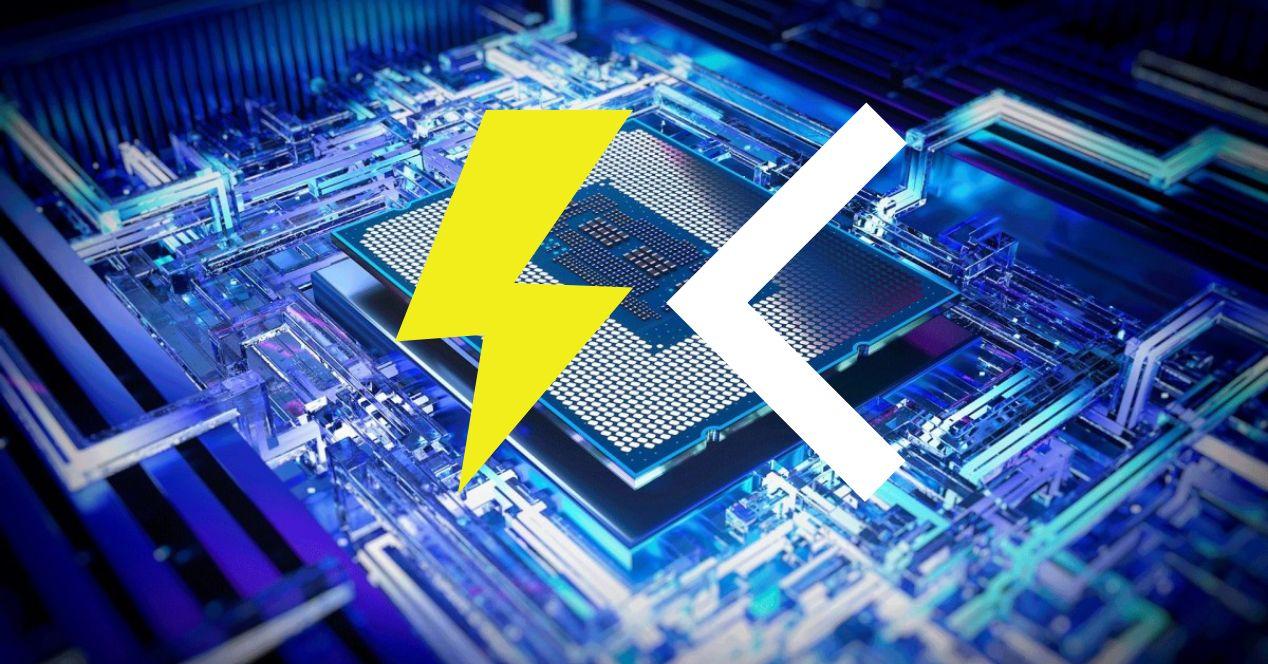One of the biggest controversies surrounding Intel processors is that in very specific situations they can reach high power consumption, especially when work is piling up and they need to reach high clock speeds. Well, a rumor that was discussed long before the release of the Intel Core 13 with the Raptor Lake architecture is that they were going to bring technology that would allow them to better control the energy they expend, the so- saying DLVR, but disappeared from the scene. Or does it still exist in one form or another?
The manipulation of any chip’s clock speed is tied to its voltage, so the more voltage the chip receives, the higher the clock speed that can be achieved. At the same time, there are speeds that can work at different values at different volts, but not all of them are suitable for the chip. This is why there are overclocking mechanisms that automatically manage these parameters. All this to avoid a fateful accident that could lead to the permanent death of the processor.
What is Intel DLVR?
It is the acronym of digital linear voltage regulator, its name is pretty self explanatory and it is one of the parts that Intel has designed for to be able to better optimize the consumption of their CPUs for PCs.
What is the idea based on? Well, simple, instead of letting the motherboard be solely responsible for managing the voltage that hits the processor with the chipset’s overclocking functions. Intel’s proposal is to put a voltage regulator inside the processor. Of course, what interests us is what we can do with it, which is none other than to have a better consumption curve. In Intel’s own patent you can read how they succeeded reduce consumption by 25% oh increase performance by 7% on a processor without DLVR.


Why isn’t it in the Intel Core 13?
Well, a few hours ago we learned that some manufacturers are planning to support this technology with the BIOS, the idea of the DLVR is not to work alone, but in tandem with the voltage regulators of the chipset. It is therefore normal that the support was included in the firmware of the motherboards. The explanation for his disappearance? Well, it looks like the Intel Core 13 has on-chip DLVR, but the decision was made to disable it at the factory.
The reason? We do not know, the simplest explanation is that they want to take advantage of it for future generations and sell with Meteor Lake a chip, or rather a set of chips, more efficient and therefore with a higher yield per watt. It could also be that there was a bug that they didn’t have time to fix and that could indicate that the second batch of the processor had it.
This is not the first time that Intel has added or removed functions from one revision to another of the same generation, we have already seen it with the AVX-512 in the previous generation. In any case, we don’t know, what’s more, the company that created the x86 ISA never officially announced the DLVR.









